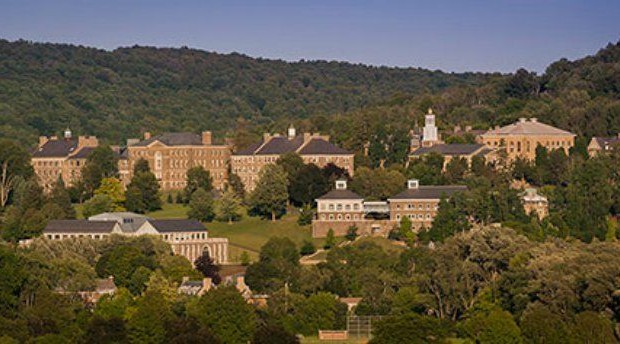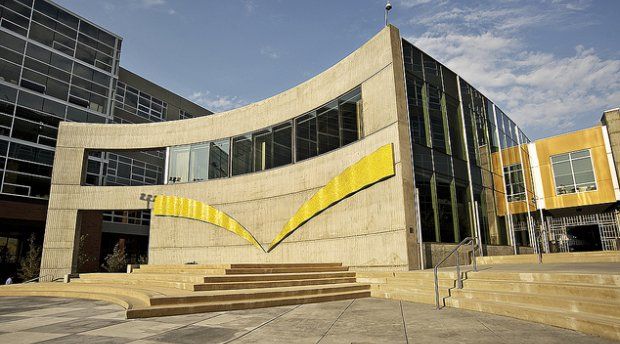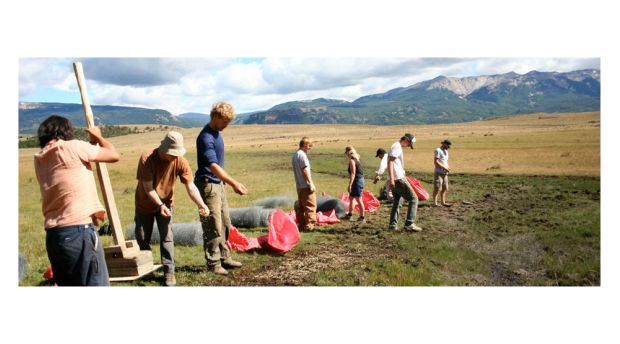Puerto Rico Mostly Survived a Minimum Wage Hike
Post Views 1Summary: A minimum wage hike can be survivable. Just look at how Puerto Rico managed a big wage increase in 1987 to see that it is possible, but maybe not ideal.
The hot topic in employment lately has been the minimum wage. The workers of minimum wage jobs are demanding increases to as high as $15 an hour. Some places have already passed laws requiring the minimum wage to be raised an additional $6 an hour from the previous minimum wage. The area between Seattle and Tacoma in Washington State where the major airport is located, SeaTac, is just one of many places that has already enacted requirements for employers to pay their employees a minimum of $15 an hour.
The question on everyone’s mind is can our economy support such a hike in wages? While stories are surfacing on smaller companies having to close down because they can’t afford to pay that much to employees without raising the rates for customers, there are stories of businesses booming and opening more locations. In the 1980’s Puerto Rico started to increase their minimum wage to match the United States. Their rate had been lower by $.17 in 1976 but by 1987, their wages were both at $3.35.
While one would expect a larger rate of job loss, experts found that the percentage of jobs lost due to the wage increase was smaller than they expected. There are always a few companies that are barely profitable to start with and after adding a wage increase, they are unable to carry on but most companies found a way to make smarter decisions in the amount they manufactured and increased their productivity. The majority of the unemployed and unskilled workers that were left immigrated to large U.S. cities like New York or Miami to find work in larger companies that could afford to pay them.
Experts predict something similar could happen in the United States if the minimum wage is increased to $12 an hour. Some companies will find a way to make it work by either turning jobs over to machines or turning employees into independent contractors. It is not an ideal situation but it will allow for people to keep working. Smaller towns may see a bigger impact from a minimum wage hike with those that get laid-off heading to larger cities.
In the end though, the higher wage in Puerto Rico did not help the economy much. Unemployment is still high, particularly for youth, leading to the recommendation of a sub-minimum wage for people under the age of 25 and possibly the entire population. It is predicted that even if the minimum wage does increase to $12 an hour or more, it won’t be as devastating as some may believe because companies are given years to adjust.
Photo: money.cnn.com
Puerto Rico Mostly Survived a Minimum Wage Hike by Amanda Griffin



 Antarctica for the Non-Creative
Antarctica for the Non-Creative  Top 10 Universities to Produce Hedge Fund Workers
Top 10 Universities to Produce Hedge Fund Workers  2006-2015 Median Weekly Earnings of Full-Time Workers in the United States
2006-2015 Median Weekly Earnings of Full-Time Workers in the United States  Amazon May Have a Better Grasp on Workplace Culture
Amazon May Have a Better Grasp on Workplace Culture  Kerouac Project in Orlando Inspired by Writer
Kerouac Project in Orlando Inspired by Writer  Get Your Hands Dirty with WWOOF
Get Your Hands Dirty with WWOOF  Mixing Artistic Minds with Science in Switzerland
Mixing Artistic Minds with Science in Switzerland  Get Busy Building a National Park in Chile
Get Busy Building a National Park in Chile